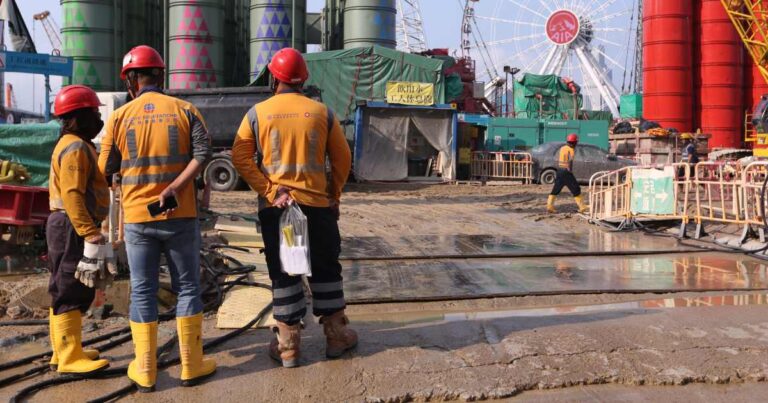
Between 2020 and 2060, the world is expected to add approximately 2.6 trillion square feet (241 billion square meters) of floor space every month for four decades, equivalent to the entire size of New York City, while the global construction market has reached US$14 trillion, or 14.2% of global gross domestic product (GDP).
In Hong Kong, the construction industry’s added value will be HK$121.8 billion in 2022, accounting for 4.3% of GDP. However, Hong Kong’s construction costs are among the highest in the world. According to an assessment by consulting firm McKinsey, Hong Kong’s construction costs are US$36 per square meter, higher than San Francisco in the United States (US$33) and much higher than Singapore (US$22) and Shanghai (US$19), where labor wages are comparable.
Consultants expect the industry’s productivity and cost problems to worsen over the next decade. At the same time, buildings generate 42% of the world’s annual carbon emissions over their entire lifecycle. All this makes the digital transformation of the local construction industry a pressing issue.
As a result, in recent years, digital twins have become a powerful tool for local industry pioneers to monitor and even predict the progress of construction projects. The real-time display of sensor data on Geographic Information System (GIS) dashboards, combined with multiple pieces of information such as drone images, allows management staff to react in a timely manner. With the rise of Modular Integrated Construction (MiC), planners can not only use the software to “see” the installation sequence and actual conditions, but also to achieve just-in-time delivery and make the construction process seamless.
When creating digital twins, construction professionals routinely integrate advanced GIS technology into Building Information Modeling (BIM) software. GIS and BIM complement each other perfectly, taking into account everything from material delivery routes and environmental impacts to weather patterns. This helps managers plan more effectively, reducing waste and injuries, saving money, and cutting emissions.
Within the local architecture, engineering and construction sector, Gammon is a pioneer in digital twins.
For the 1,450-seat Lyric Theatre Complex in the West Kowloon Cultural District, scheduled for completion in 2025, Gammon developed a unique GTwin solution. The solution uses a three-dimensional (3D) digital twin model to enhance site safety and operational control. In addition, the company will also create a 4D model that will simulate the construction process to optimize and refine construction methods. Aerial imagery, laser scanning and 3D photography were used to capture construction data to ensure the project was executed as designed. This marks a major step towards digital transformation, enhancing safety standards, ensuring superior quality and improving productivity.
With such outstanding performance, it’s no wonder that last year the company was Hong Kong’s only recipient of Esri’s annual GIS Lifetime Achievement Award.

